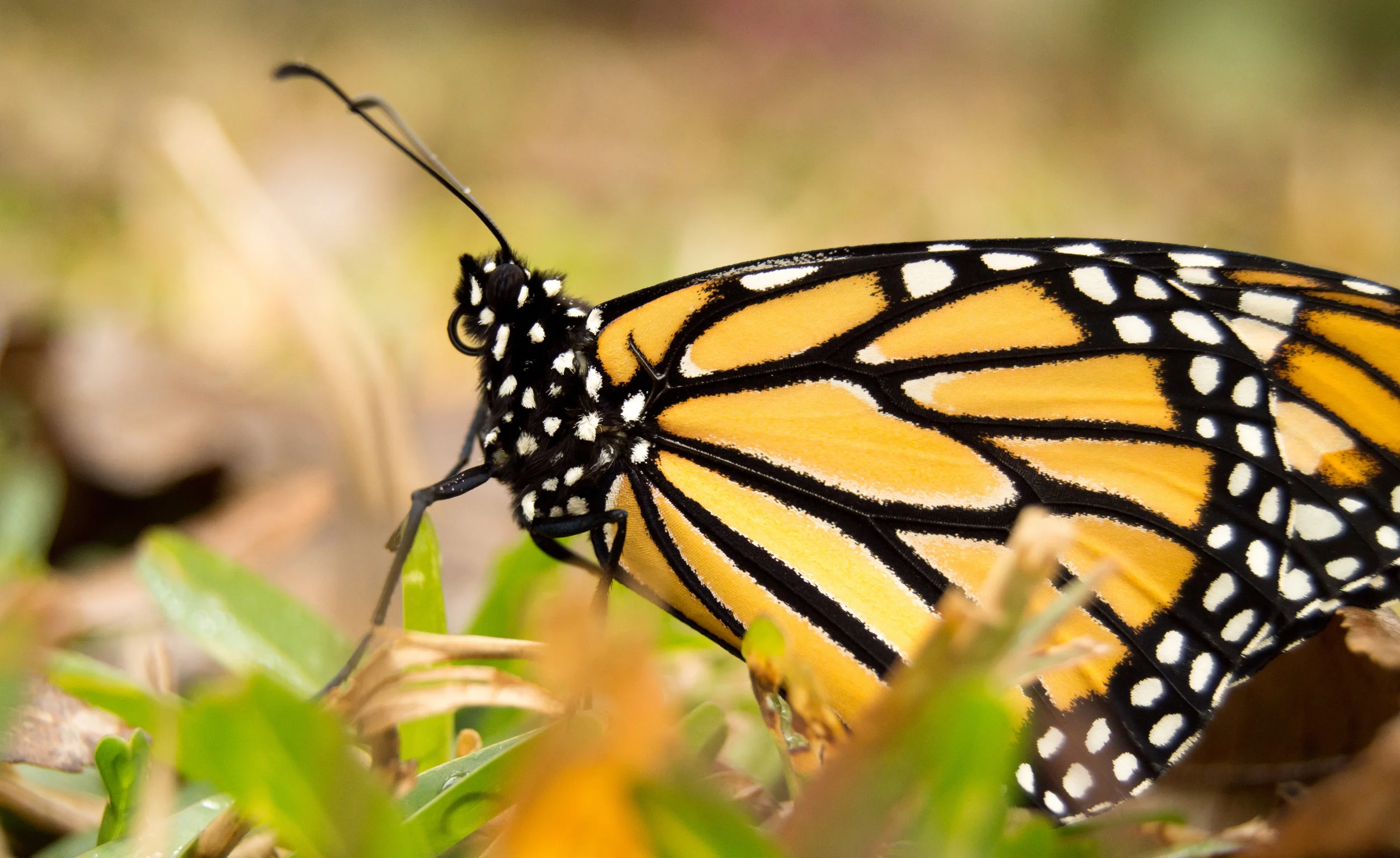I Was Here: Leaving A Mark on Nature
/Sara Hafner, Grandma Wendy and Grandpa Lee were here, etched onto rocks at School House beach. ATVs plow tracks into the patches of dwarf lake irises at Carlin’s point, and along the roadside on Indian Point, the irises are mowed by the town crew. The zip of SeaDoos in Detroit harbor breaks the silent sunrise. A speaker whines country music from a boat in the harbor. A creative AirBnB is docked all summer at the ridges in Jackson Harbor, puncturing the vista to Rock Island.
Depending on the public space, we have certain expectations. At the Ridges Natural Area, we expect to find plants in protected, while along Indian Point Road we do not. At School House Beach — where we’ve been trying to come up with campaigns to have visitors help us preserve the rock beach — we may be frustrated to find people scratching their names. We expect motorized crafts to be speeding along the edges of the Island, though we may hope to avoid them while we paddleboard or fish in our boats.
Bill McKibben wrote an essay a few decades ago about the “End of Nature.” The gist of his thesis is that there is no corner of the earth that is unmarked by humans. Our air pollution, noise pollution, footsteps, hitchhiking seeds and germs on our shoes and hands have touched and changed every place — nothing is as it was. Though I’ve never been to the North Pole, the carbon dioxide from my car has.
If nature has ended, should I expect dwarf lake iris to persist? With a small and shrinking habitat around the Great Lakes, the flowers are considered a threatened species by U.S. Fish and Wildlife. Does it matter if they become endangered or even extinct?
In late spring when they bloom, their bold little faces upright and aglow in the fresh sunlight, the answer is wholeheartedly yes. Yes, they have a right to exist, and I want them too. In August, when they express themselves only in green, the answer is still yes.
So how do we help people who do not appreciate them to love them just as much? Maybe we suspend placards from the surrounding trees around with Louise Gluck’s “Wild Iris” inscribed on it, so hikers and ATV riders would have to duck or read the poem that makes us consider the perspective of the iris:
At the end of my suffering
there was a door.
Hear me out: that which you call death
I remember.
Overhead, noises, branches of the pine shifting.
Then nothing. The weak sun
flickered over the dry surface.
It is terrible to survive
as consciousness
buried in the dark earth.…
from the center of my life came
a great fountain, deep blue
shadows on azure seawater.
And perhaps at School House Beach, to help people love and care for the rocks, we could make a mock museum exhibit: A rock on velvet in a display case, with a placard that reads: “This is a rock. Smooth and lovely to touch. Alone it is just a rock, but together with all other rocks on the shoreline of this beach, it is more than a rock. Please leave the rocks in this place where they can be more be a natural wonder enjoyed by all who visit.”
Creative interventions like these may or may not stop a trampling foot or grafitti-prone hand. But they do tell me that nature didn’t end. We may have changed, corrupted, depleted it, but as a whole it is not dead. I believe nature is a process and that humans are a part of it: our creativity marks and changes habitat for ourselves, other creatures, and geological creations. We have to decide what kinds of marks we leave.

